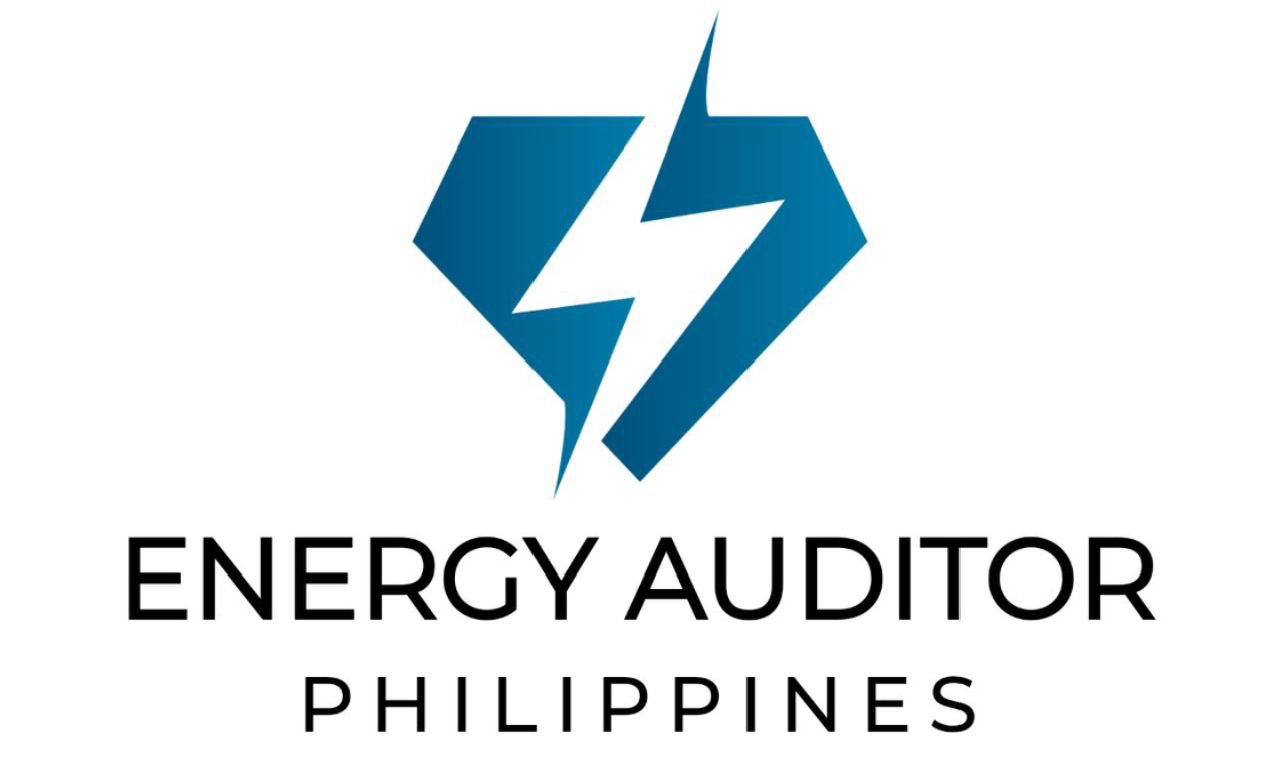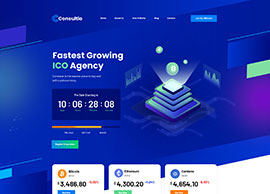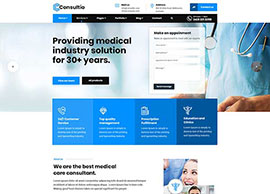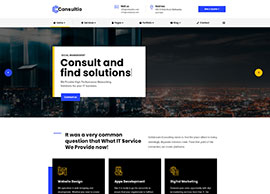Modular Flexibility: Scaling Power Quality for Philippine Growth – How Comsys ADF Adapts to Evolving Industrial Needs
In the Philippines, where industries like manufacturing, utilities, and OEMs are rapidly adopting automation and renewable energy, the demand for scalable, future-ready power quality solutions has never been higher. Comsys ADF technology meets this challenge head-on with its modular active harmonic filters, offering unmatched flexibility to grow alongside businesses—from small factories to large-scale utility grids. With scalability from 30 A to over 10,000 A, ADF modules ensure Philippine industries future-proof their infrastructure while cutting costs by up to 40% compared to alternatives like AFE drives [[Brochure, p.4]].
The Challenge: Adapting to Growth in Philippine Industries
Philippine industries face dual pressures: rising automation and the integration of renewable energy sources. Variable-speed drives, robotics, and solar/wind systems generate harmonics and reactive power imbalances, threatening grid stability and regulatory compliance. For example:
- Factories upgrading to Industry 4.0 automation risk downtime from harmonic distortions exceeding IEEE519 limits.
- Utilities integrating solar farms must manage flicker and voltage fluctuations from intermittent generation.
- OEMs need compact, customizable solutions to embed into machinery without overhauling designs.
Traditional fixed systems struggle to keep pace, requiring costly replacements as demands evolve.
The Comsys Solution: ADF’s Modular Design – Built for Scalability
Comsys ADF technology leverages a modular architecture designed to scale seamlessly with business needs. Key features include:
- Scalable Power Ranges:
- Start with compact units like the ADF P25 (30 A) for small loads or deploy high-capacity systems like the ADF P300 (50–450 A) with up to 15 units operating in parallel [[Brochure, p.19]].
- For utility-scale applications, the ADF P700 STATCOM supports medium-voltage grids up to 136 kV, ideal for stabilizing renewable energy projects [[Brochure, p.20]].
- Cost-Efficient Expansions:
Modular components reduce total ownership costs by up to 40% through lower losses, simplified maintenance, and minimal spare parts inventory [[Brochure, p.4]]. - Seamless Integration:
ADF modules like the PPM300 inverter can be embedded into OEM equipment, motor control centers, or retrofitted into existing infrastructure, minimizing downtime [[Brochure, p.16]]. - Sensorless Control:
Eliminates the need for external current transformers (CTs), simplifying installation and enabling sub-grid isolation for precise compensation [[Brochure, p.23]].
Key Benefits: Flexibility Meets Performance
By adopting ADF’s modular approach, Philippine businesses gain:
- Future-Proof Adaptability: Scale compensation power as automation or renewable capacity grows—no full system overhauls required.
- Space Optimization: Wall-mounted units like the ADF P100 save space in crowded factories or data centers [[Brochure, p.12]].
- Regulatory Compliance: Meet standards like IEEE519 and G5/4 effortlessly, avoiding penalties.
- Reduced Downtime: Rapid deployment and parallel module configurations ensure continuous operation during upgrades.
For instance, LG-CNS deployed hundreds of ADF units in Korean data centers, achieving <5% Total Harmonic Distortion (THD) while adapting to expanding cloud infrastructure [[Brochure, p.26]].
Real-World Success: BMW’s Scalability Story
A prime example of ADF’s modular power lies in BMW’s automotive plant, which faced harmonic distortions from welding robots and transport systems. By deploying ADF modules, BMW:
- Boosted productivity by stabilizing power quality for advanced automation.
- Reduced downtime by eliminating nuisance tripping and transformer overheating.
- Future-proofed operations with scalable modules that accommodate new production lines [[Brochure, p.25]].
This case underscores how modularity enables industries to grow without compromising reliability—a critical advantage for Philippine manufacturers embracing smart technologies.
Why Comsys Leads in Modular Power Quality
- Swedish Engineering: Precision design ensures modules like the ADF P300 meet seismic certification for typhoon-prone regions [[Brochure, p.15]].
- Global Support: The ADF Partner Network offers localized commissioning and remote diagnostics via the ADF Dashboard WUI [[Brochure, p.22]].
- Sustainability Alignment: Modular scalability supports the Philippines’ renewable energy goals by stabilizing grids integrated with solar/wind farms.
Future-Proof Your Philippine Infrastructure with Comsys
Whether expanding a Makati data center, upgrading a Cebu marine vessel, or integrating a Mindanao solar farm, Comsys ADF’s modular flexibility ensures your power systems evolve with your ambitions. With proven scalability, cost savings, and adaptability, ADF isn’t just a solution—it’s a strategic investment in growth.
Ready to scale smarter? Explore Comsys’ modular solutions at www.comsys.se and discover how ADF technology can transform your operations.
Sources: Comsys ADF Brochure (2024), Web_search








































